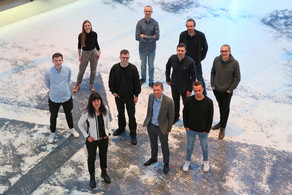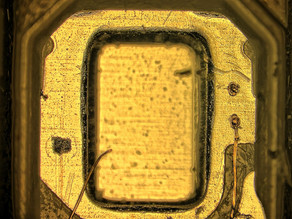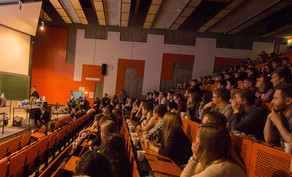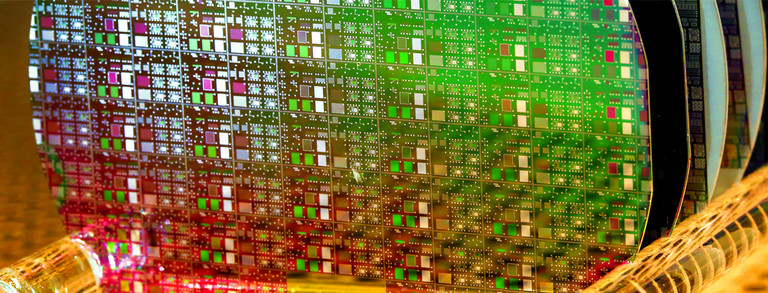Research Highlights
Nanoionic Systems
Memristors and memristive systems rank among the most important nanoionic devices. In these devices, electrical signals can be used to adjust the electrical resistance with a high dynamic range and bandwidth. Applications of these devices are especially in information technology and hardware-implemented neuromorphics. In addition, nanoionic effects can also be used in the field of sensor technology, quantum technologies, photonics and low-temperature electronics.
Within the scope of this research focus, nanoionic systems are developed and analyzed. In particular, transition metal oxides are used, which have a high technological relevance. High-resolution electrical measurement methods, spectroscopy and electron microscopy are used to investigate nanoionic effects.
Micro- and Nanosystems
Functional materials are used in a variety of everyday applications, such as accelerometers in cell phones or cars, nozzles for printers or pressure and optical/infrared sensors. We develop multiferroic and multi-functional materials that can be used for various applications depending on their modification. In particular, transition metal oxides but also novel nitrides and heterostructures are used. Another research focus is in the area of nanostructured thermoelectric generators, which can be used to develop self-sufficient micro- and nanosystems for sensor or actuator applications.
Low-Dimensional Materials
The best known low-dimensional materials include graphene (2D) and carbon nanotubes (1D). However, 0D-3D defects can also be targeted in nanoionic materials. We use low-dimensional materials to develop and characterize novel nanoelectronic devices such as tunneling field-effect transistors or 2D heterostructures.
Measurement Technology
High-resolution analysis and characterization methods are required to carry out our main research activities. Through new and further developments of measuring instruments, the limitations of established analysis methods can be overcome. Here we develop complex electronic, photonic and in situ/in operando microscopic/spectroscopic measurement techniques.
Modeling, Simulation and Circuit Technology
The experimental and metrological research work is complemented by complex modeling and 1D-3D simulation methods. Of particular interest are the 3D simulation of electric and magnetic fields and temperature gradients. Using newly developed components, novel circuit concepts can be realized and simulatively analyzed.




